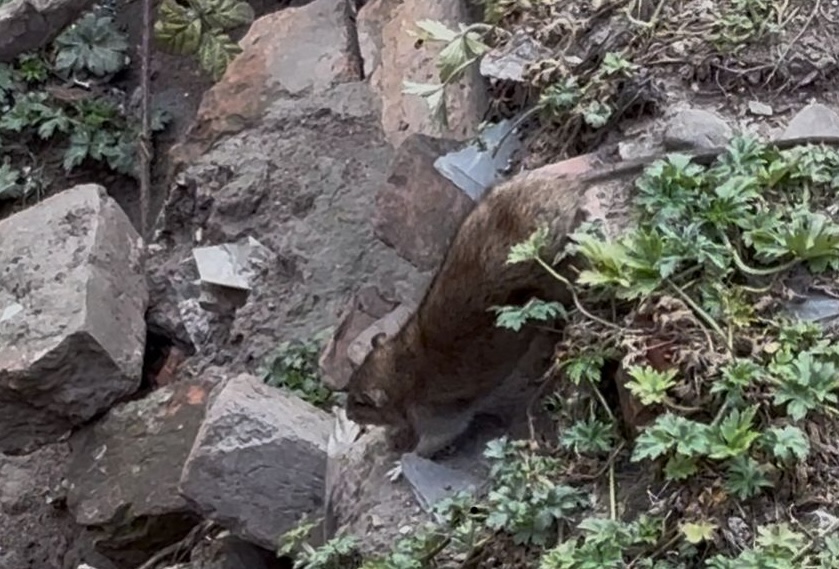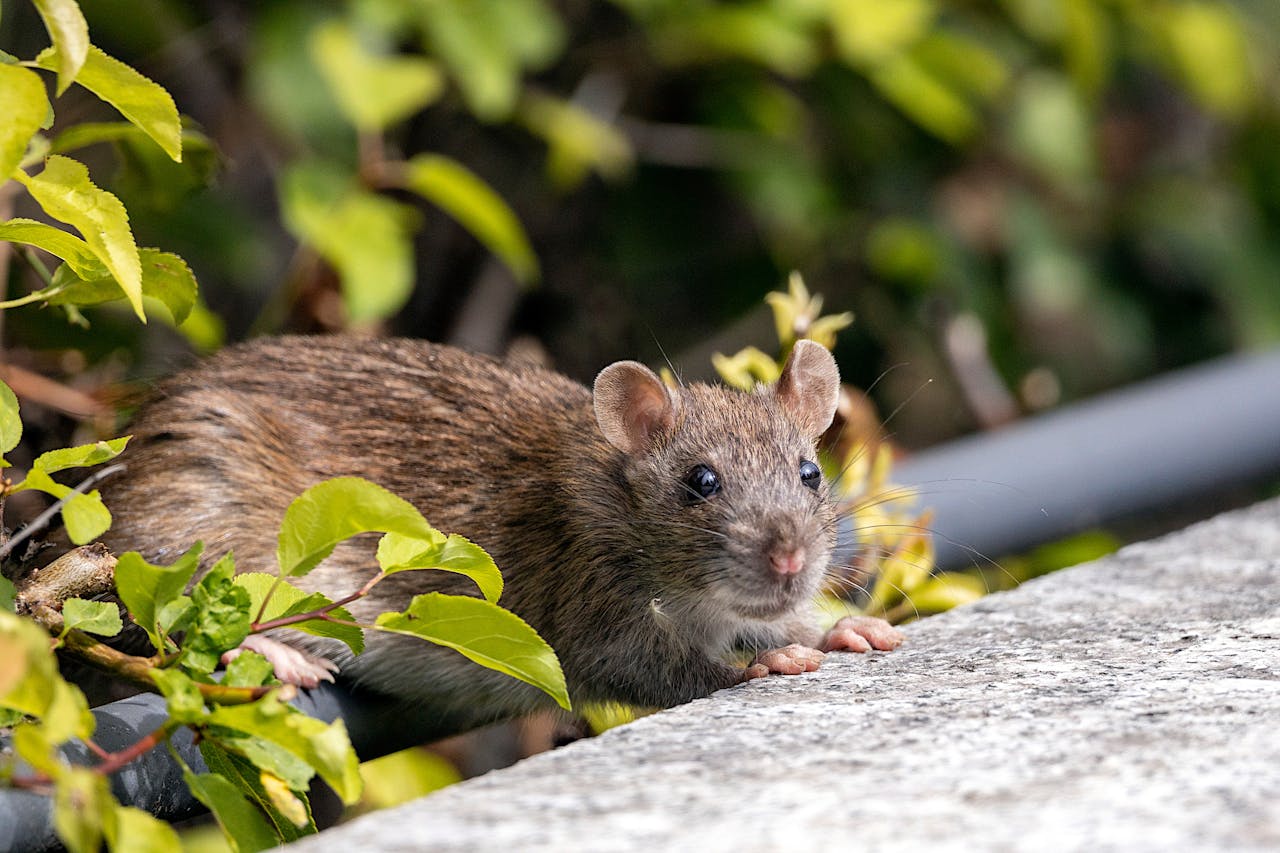Many people use the term ‘rodent’, but do you actually know what it means? Rodents are mammals of the Order Rodentia.
There are over 2000 different types of rodents in the world, making up 40% of the mammals, meaning that rodents are the largest order of mammals.
Ranging from common species such as rats, mice and squirrels, to more exotic ones not often found in the UK, such as capybara, there are many rodent species. Learn more about the rodents found in the UK, how to identify them and what you can do if you see them.
What Makes An Animal A Rodent?
A rodent species is defined by having front teeth (incisors) that don’t have any roots, meaning they grow constantly throughout their lifetime, meaning that they need to chew hard objects regularly to keep them at the correct length to fit in their mouths.
Within the Order Rodentia there are many different families, including Muridae (the largest rodent family, consisting of gerbils, true rats and mice), Sciuridae (consisting of several species including squirrels, chipmunks and others), Caviidae (made up of guinea pigs and capybaras), and more.
Rodents can also be classified by size (large rodents and small rodents) and also by their preferred method of moving around (burrowing rodents, arboreal, and even semiaquatic).
Some other mammals, such as rabbits, bats and moles, are commonly considered rodents, but are actually from different animal orders (rabbits are Lagomorphs, bats are Chiroptera and moles are Insectivores). While rabbits do have teeth that are rootless, they have more of them than rodents.
Common Pest Rodents In The UK
In the UK, the main rodent species that are classed as pests are rats, mice and squirrels. They can cause issues as they carry parasites, spread diseases, contaminate food and cause significant property damaged. As such, they are nuisance pests that require professional pest control to remove. Here is more information about each and how to identify them.
Rats
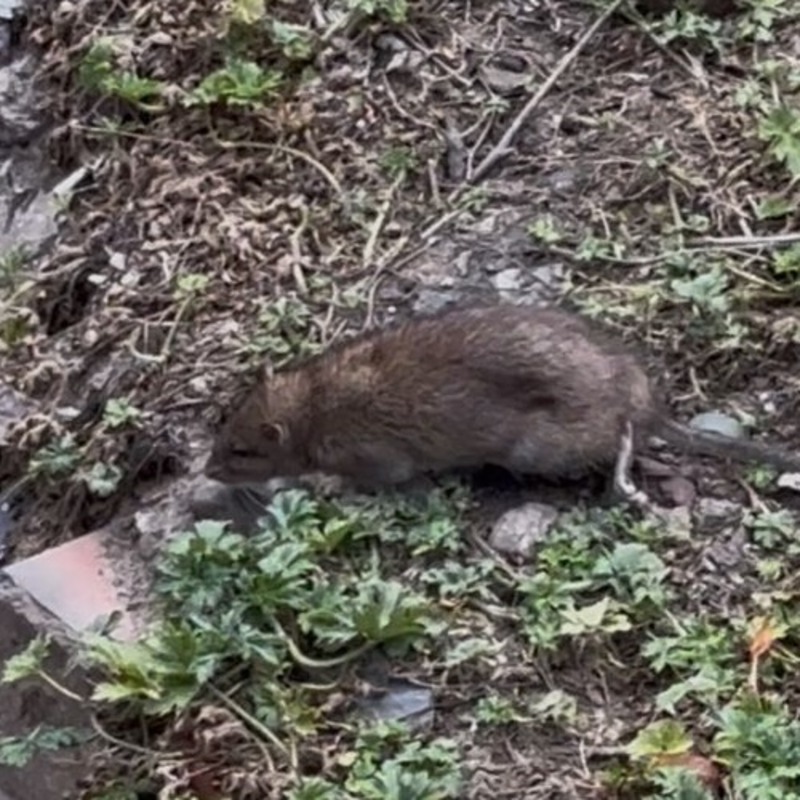
Rats are one of the most common species of rodent pests found in the UK. There are 2 species of rats in the UK, the brown rat and the black rat.
Brown Rats
Brown rats, (Rattus norvegicus), also known as the common or Norway rat, are common in the UK. They have fuzzy greyish/ brown fur, and are usually around 15-27 cm, although they can get significantly larger. Brown rats have short, stubby, hairless tails, blunt snouts, beady black eyes and rounded ears.
Black Rats
Black rats (Rattus rattus), also known as ship rats, are sleeker, smaller and less common than brown rats. Often found near water, black rats are usually between 16-24 cm in length, with a thin tail that is often longer than its body. They have sleek, black fur and a pointed nose.
Mice
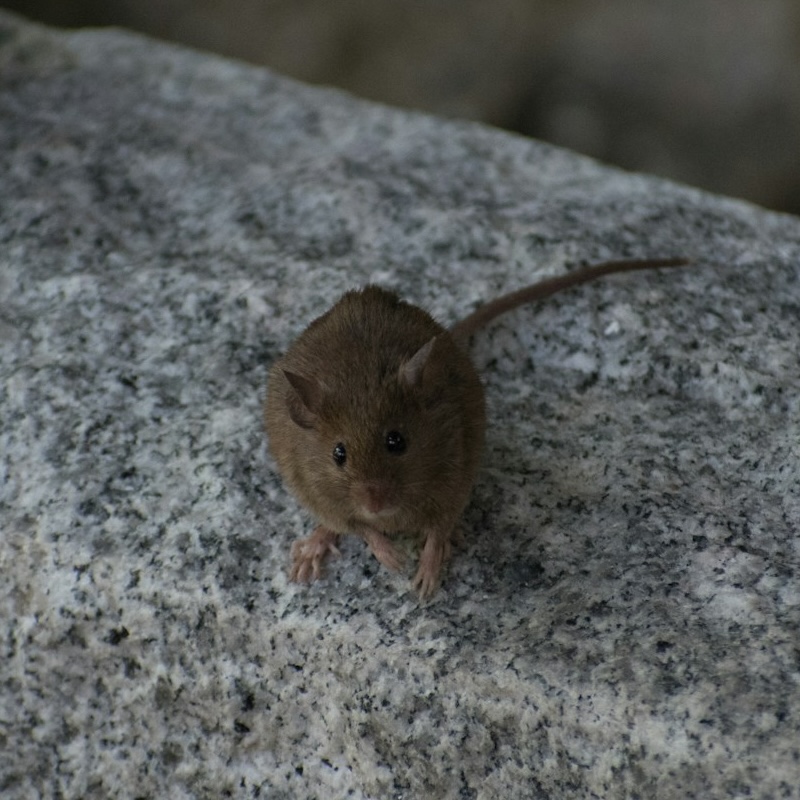
Mice are another common pest in the UK, and look similar to rats, but are usually smaller. These are some common wild mouse species found in the UK.
House Mice
House mice (Mus musculus) is the most common pest mouse in the UK. Usually around 7.5–10cm in length, they have a pointed nose, black eyes and rounded ears that look disproportionally large compared to their heads. House mice have grey to brown fur and long, thin, furry tails of the same colour.
Wood Mice
Wood mice (Apodemus sylvaticus), sometimes called field mice, are similar in looks to house mice. The main distinguishing feature is their ears, which are significantly larger and stand up on their heads, giving them an inquisitive appearance. As the name suggests, wood mice are often found in grasslands and outdoor areas, but sometimes make their way into gardens or even inside homes in search of shelter and food.
Harvest Mice
Harvest mice (Micromys minutus) are a distinctive reddish brown colour with a lighter underside. As the name suggests, harvest mice eat cereals and grains, and are often found in open fields. This small mouse is just 55-75 mm in length and can weigh as little as 6-8 grams. Harvest mice don’t usually venture indoors but can cause issues for farmers.
Yellow-Necked Mice
Yellow-necked mice (Apodemus flavicollis) are closely related to wood mice and are often confused with this species. What distinguishes them is the yellow ring of fur around the yellow-necked mouse’s neck, which is where it gets its name. This species is also slightly larger than the wood mouse, at 9.5–12 cm in length.
Squirrels

There are 2 species of squirrels found in the UK, but only the invasive grey squirrel is considered a pest.
Grey Squirrels
Originally from North America, grey squirrels (Sciurus carolinensis) were introduced into the UK in the late 19th century to populate the grounds of stately homes. As an invasive species that carries squirrel pox, among other diseases, grey squirrels quickly decimated the population of native red squirrels and caused issues in the local habitat. As a result, they are now considered a pest in the UK, and it is illegal to release or keep a grey squirrel in captivity without a license.
Other Wild Rodent Species In The UK
There are several native, protected species, such as red squirrels, and wildlife, like shrews and voles, that aren’t classed as pests. Some other rodent species in the UK are:
- Red Squirrels: Red squirrels are native to the UK and protected as a conservation species, as their numbers are low and they are less destructive than grey squirrels.
- Voles: Bank voles, field voles and water voles are all rodents found in the UK, and while they look similar to mice or young rats, they are very different and while they can cause damage to plants and gardens, they are not usually considered pests.
- Beavers: While rare, there are wild beavers in the UK, and these large rodents are commonly found in or near rivers, where they build dams.
Pet Rodent Species In The UK
Some rodents are non-native to the UK but are often kept as pets. These species should not be allowed to roam free, as they can cause issues with the native species and habitat. Some common pet rodents kept in the UK include:
- Guinea Pigs: A popular pet, guinea pigs originated in South America, but are kept as pets in the UK because they are cute and relatively easy to care for.
- Hamsters: Hamsters are not native to the UK, but are found throughout Europe. These small, fluffy rodents from the family Cricetinae are nocturnal and lively at night.
- Gerbils: Mongolian gerbils, of the family Gerbillinae, are common pets in the UK as they social and small rodents that enjoy human company when well-handled.
- Chinchillas: A rarer, more exotic pet rodent species, chinchillas have distinctive fluffy coats, which come in various shades of white, grey and black. Chinchillas have approximately 20,000 hairs per square inch, which is the densest fur of all extant land mammals, and are known to live as long as 20 years.
Rats and mice are also kept as pets in the UK, but these are known as fancy rats and fancy mice. While they are technically the same species as the wild pest versions, they have been selectively bred to come in various colours and do not have the skills needed to survive out of captivity.
What To Do If You See A Rodent
Now you know the various types of rodents found in the UK, you can easily identify them. If you see them in the wild, you should leave them alone: it is their home, after all.
If you notice them in your home, then this is a different matter. Whether you see pest rodents, or wildlife that doesn’t belong there, if you see an animal in your home that isn’t your pet, you need to act quickly.
Arrow Pest Management is your local pest control provide. We offer expert rodent control, and can remove squirrels, rats and mice, as well as offering wildlife management services for commercial properties.
If you’re based in Rochdale, Bolton, Bury, Oldham, Huddersfield, or the Greater Manchester area, Arrow Pest Management is here for all your pest control needs. Contact us on 01706 375 803 or by emailing marc@arrowpestmanagement.co.uk to book an appointment.
